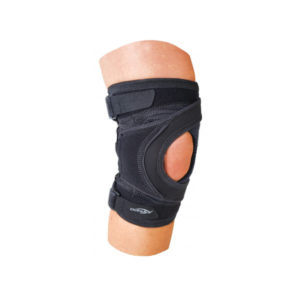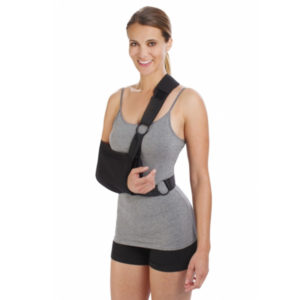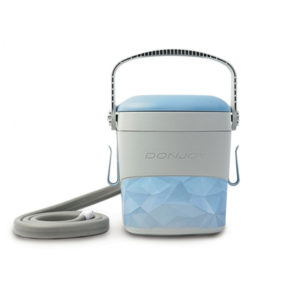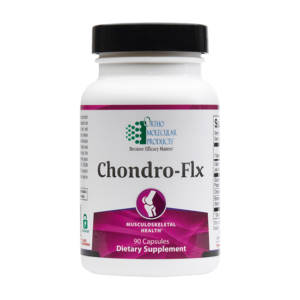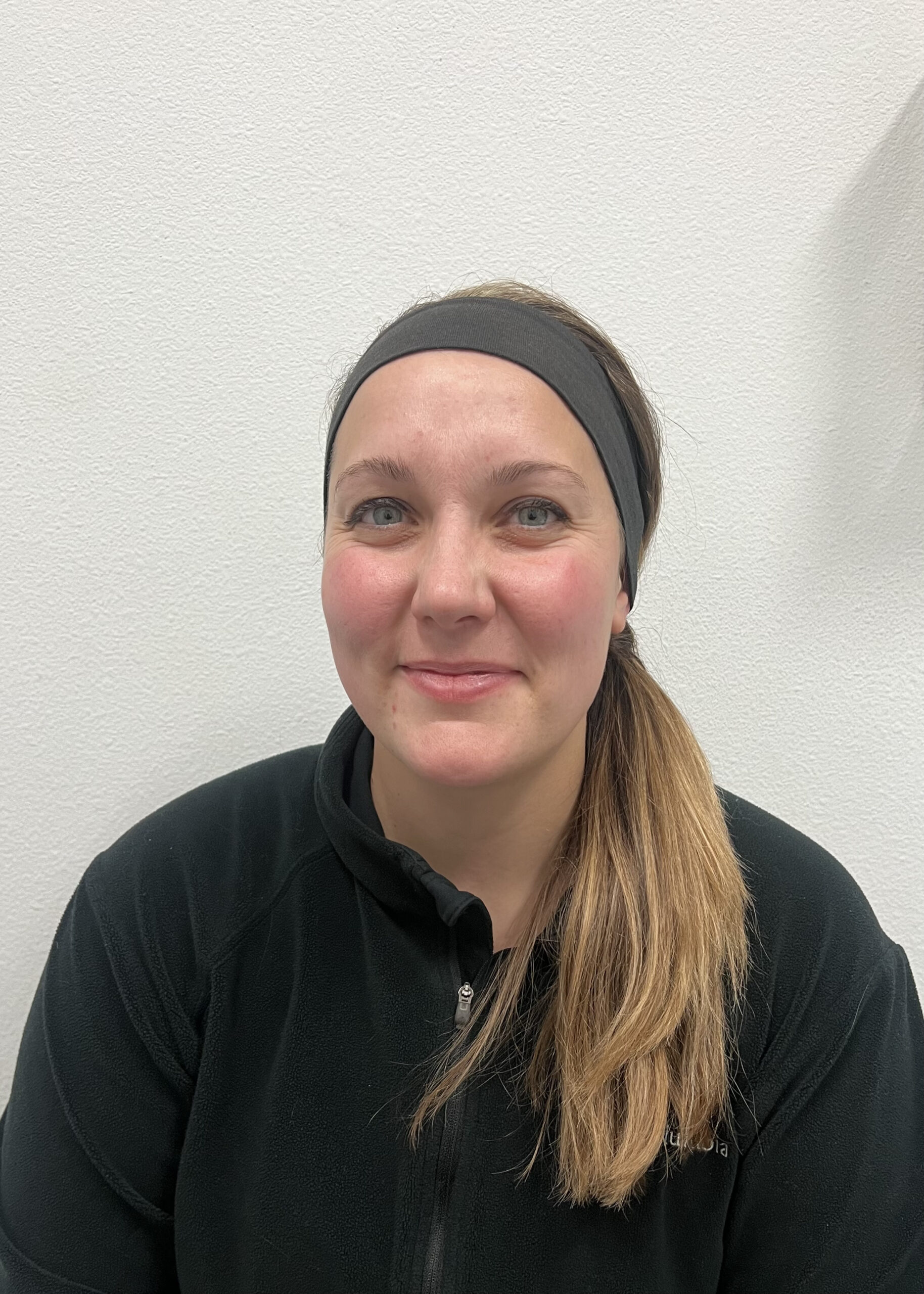
NICHOLE HARMON, M.SED, LAT, ATC
Certified Athletic Trainer
- Master of Science in Education
- Certified Athletic Trainer
- Licensed Athletic Trainer
- Physician Extender
Nichole joined the Motion is Medicine team in November 2022. She graduated from the University of New England in 2012 with her Bachelor’s in Athletic Training, then in 2014 from Bay State College in Massachusetts with her Associate’s in Physical Therapy Assistant, and then in 2016 from Baylor University in Texas with her Master’s in Sport Management. She has been an athletic trainer for 10 years and worked in a variety of settings including sports medicine clinics and secondary schools (high schools).
She grew up in Massachusetts and has lived in 5 different states but now calls Texas home. When not in the office, you will find her working out, mudding on ATVs, and playing with her 3 dogs. She enjoys spending time and going on adventures with her husband, Eddie, and her son, Greyson.
Physician And Athletic Trainer Collaboration
Motion Is Medicine unites the expertise of a physician with the skillset of an athletic trainer. Patients are thoroughly evaluated and treated by the physician and referred to the athletic trainer for follow-up care that compliments the physician’s assessment and plan. As a physician extender, an AT adds value to a physician practice by improving patient outcomes and satisfaction, as well as increasing the productivity of the physician. An AT contributes to the effective and efficient process of patient care throughout the initial assessment and treatment process, as well as implementing therapeutic rehab, injury prevention, and general patient education.
Our Services
| PERFORMANCE | REHABILITATION |
|---|---|
| Biomechanical Assessments | Injury Rehab |
| Corrective Exercise | Instrument Assisted Soft Tissue Mobilization (IASTM) |
| Sports Performance | Cupping |
Performance
Biomechanical assessment
- Analysis of the human body and its capacity to effectively and safely generate, absorb, and translate force.
- Used to assess an athlete’s potential for performance, as well as target areas of specific dysfunction, imbalance, and inefficiency.
- Applicable in a non-athlete population to help reduce injury risk and target predisposing factors for certain conditions including
- Osteoarthritis, disc herniations, Sever’s Disease, Osgood-Schlatter’s Disease, plantar fasciitis, shin splints, patellofemoral pain syndrome (runner’s knee), patellar tendinitis (jumper’s knee), medial epicondylitis (golfer’s elbow), lateral epicondylitis (tennis elbow), thoracic outlet syndrome, and more!
- Biomechanical categories identified in an assessment include
- Muscle activation patterns, muscle weakness, flexibility, mobility, stability
- Movement patterns such as bending, pushing, pulling, and rotation
- Gait analysis, coordination, balance, and posture.
- The goal of all these components is to observe and measure components of the body to best determine preparedness for daily life and athletics
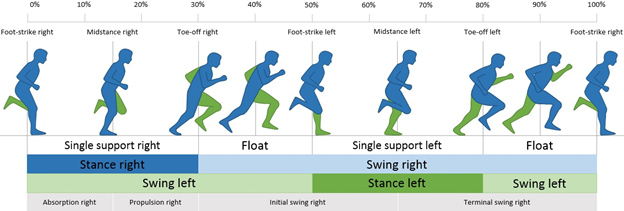
Corrective exercise
- A system of exercise carefully selected to help assess and determine the root cause of muscle imbalances, dysfunctions in movement patterns, energy leaks in athletic performance, and reduce injury risk.
- This approach requires an in-depth understanding of anatomy, kinesiology, and biomechanics in order to appropriately address a patient’s quality of movement and prescribe the needed exercise program.
- Exercise programs are customized for the individual patient based on the results of their biomechanical assessment to address their specific problem areas.
- Corrective exercise is appropriate for both athlete and non-athlete populations and is easily integrated into an individual’s regular exercise regimen, whether for sports or general health and fitness.
- Corrective exercise pairs exceptionally well with Osteopathic Manipulative Treatment (OMT) to reinforce proper alignment and balance of the body and reduce stresses poorly distributed across the body.
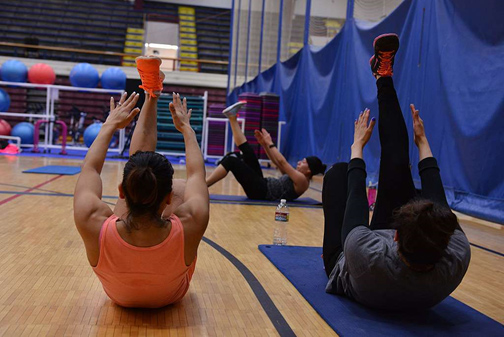
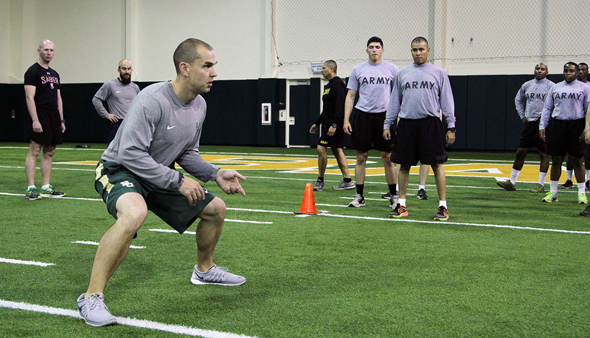
Sport Performance
- Sport-specific training focused on enhancing an athlete’s skills and biomechanics as they relate to their particular sport.
- Athletes of all levels benefit from sport performance training, from adolescents learning functional movement patterns to elite athletes attaining the upper limits of their potential.
- Sport Performance programs are designed with the SAID Principle (Specific Adaptations to Imposed Demands) to train highly specific adaptations related to the specific demands of the sport.
- If power, agility, and coordination are the desired skills of a sport, then focused training on these traits will allow the athlete to adapt in order to excel at their sport.
- This approach improves performance in both practice and competition.
Rehabilitation
Injury Rehabilitation
- The restoration of form and function, which is disabled or lost after an injury or onset of a condition.
- Injuries may be acute in nature with a very specific cause or can tend toward chronic conditions that may flare-up without notice.
- The rehabilitation process focuses on limiting the extent of the injury or condition, reducing or reversing the impairment or functional loss, and preventing, correcting or eliminating the disability altogether.
- Our goal is to enable patients of all ages and activity levels to safely maintain or return to their sport or daily activities and maximize their overall well-being.
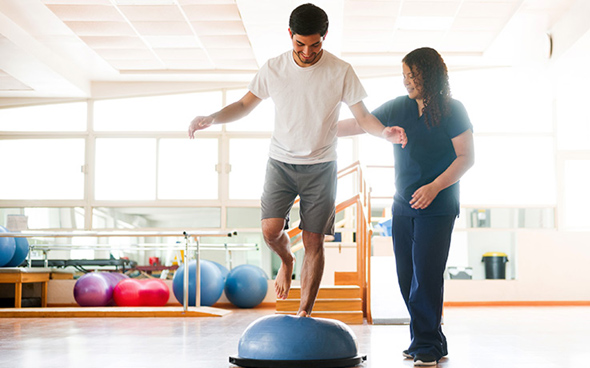
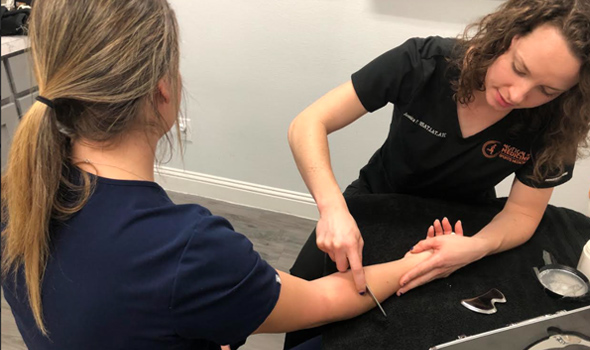
Instrument-Assisted Soft Tissue Mobilization (IASTM)
- A manual therapy technique where specialized stainless steel tools are used as an intervention to treat the skin, myofascia, muscles, and tendons with various direct compressive stroke techniques.
- The goal of this treatment is to improve soft tissue function, increase range of motion and blood flow, locate fascial restrictions, breakdown scar tissue, and reduce pain.
IASTM is an effective treatment for conditions such as
- Medial epicondylitis (golfer’s elbow)
- Lateral epicondylitis (tennis elbow)
- Carpal Tunnel Syndrome
- Plantar Fasciitis
- Patellar Tendinitis
- Tibialis Posterior Tendinitis
Cupping
- A type of alternative treatment that involves cups placed on the skin to create suction. This suction may promote healing and relieve muscle tension through increased blood flow to the treated area.
- There are different types of cupping, but dry cupping is the variation used at Motion Is Medicine.
- The suction creates a vacuum and draws the skin upward into the cup. Between 3-7 cups are applied to the individual treatment area at one time. The cups are typically left on the desired treatment area for 5 to 10 minutes. The skin will commonly develop large, round “cup kisses” and dissipate after two to three days.
Musculoskeletal conditions that may benefit from cupping include
- Lumbar disc herniations
- Cervical spondylosis
- Myofascial and capsular restrictions
- General muscle tension and overall pain relief
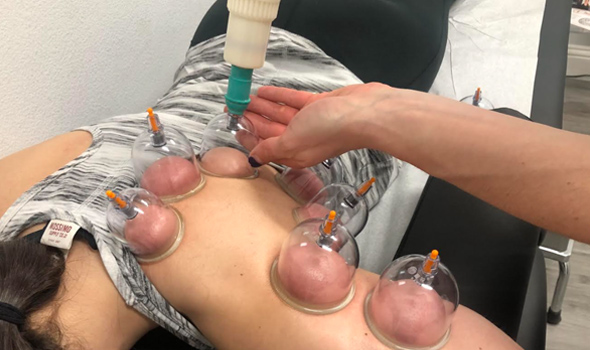
CONTACT US
Click here to schedule an appointment to see if you are a good candidate for athletic training performance or rehabilitative services.

